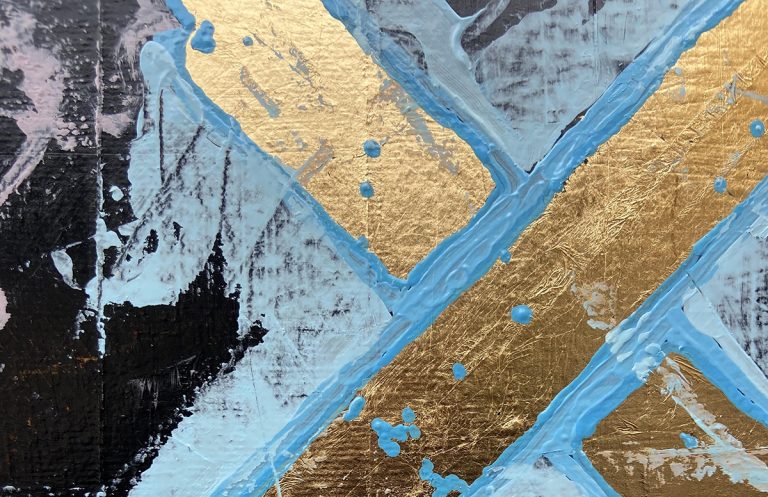In a world often consumed by efficiency and growth, Ettore Albert stands as a beacon of defiance, championing the essentiality of beauty in our lives. With each stroke of his brush, Albert endeavors to remind us of the profound impact aesthetics can wield, beckoning us to envision a realm where joy and freedom reign supreme.

Albert’s artistic voyage finds its roots in the wisdom of Fyodor Dostoevsky, who once proclaimed that beauty would save the world. This conviction permeates every fiber of Albert’s creations, propelling him to challenge norms and reimagine our priorities. Rather than succumbing to the relentless pursuit of growth and efficiency, Albert advocates for a world where beauty takes precedence—a world where unbridled creativity begets boundless joy.

When Albert delves into his artwork, he delves deep, pondering what he wants to impart to his sons. With the words of Bertolt Brecht echoing in his mind, he imbues his creations with a spirit of resistance against injustice, stupidity, and malice. Yet, amidst the turmoil, his works whisper of hope, urging his sons—and all who gaze upon his art—to tear down and rebuild, to sow seeds of beauty and progress.

One of Albert’s recent pieces, “Molotov,” was showcased at a Paris exhibition titled “THINKING TO THE FUTURE.” Vanessa Viti, in the exhibition catalog, aptly encapsulates the essence of “Molotov,” describing it as a visual anthem of protest and rebellion. The artwork pulsates with vibrant colors and bold shapes, embodying the fiery spirit of defiance. Dark hues clash with brighter accents, akin to flames dancing in the wind, symbolizing both turmoil and passion. The artwork’s fluid form hints at perpetual motion, mirroring the ever-evolving nature of protest and dissent.
Through its dynamic composition and visceral intensity, “Molotov” transcends its physical boundaries, becoming a silent yet powerful call to action. It urges viewers to delve into the depths of their anger and harness it for positive change. In a world marred by injustice, “Molotov” serves as a poignant reminder of the strength that lies within collective resistance.
In essence, Ettore Albert’s artistry is not merely confined to canvas; it is a catalyst for introspection and transformation. His creations ignite a spark within us, compelling us to reevaluate our values and redefine our aspirations. In a world starving for beauty and meaning, Albert’s work serves as a beacon of hope—a testament to the enduring power of art to inspire, and provoke.

